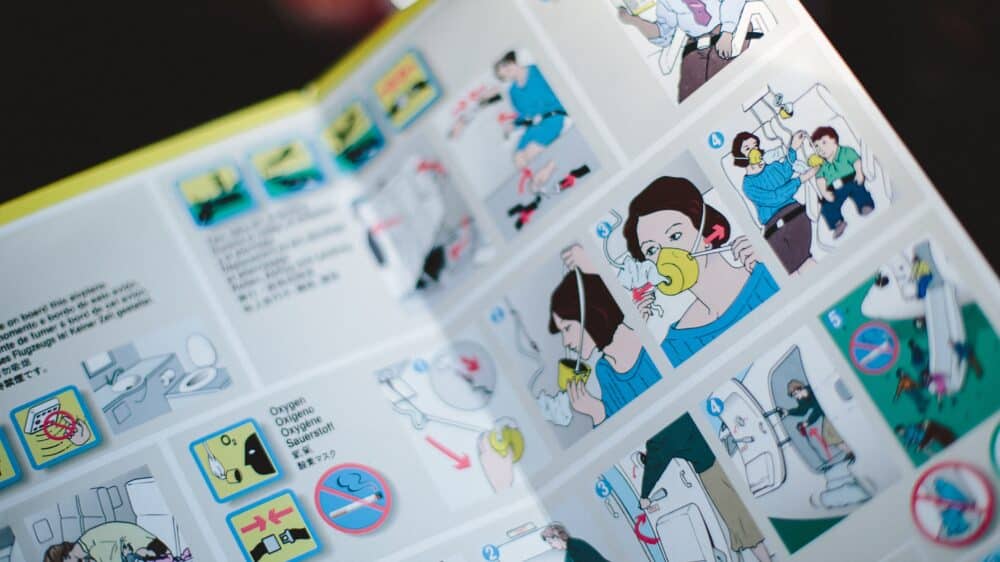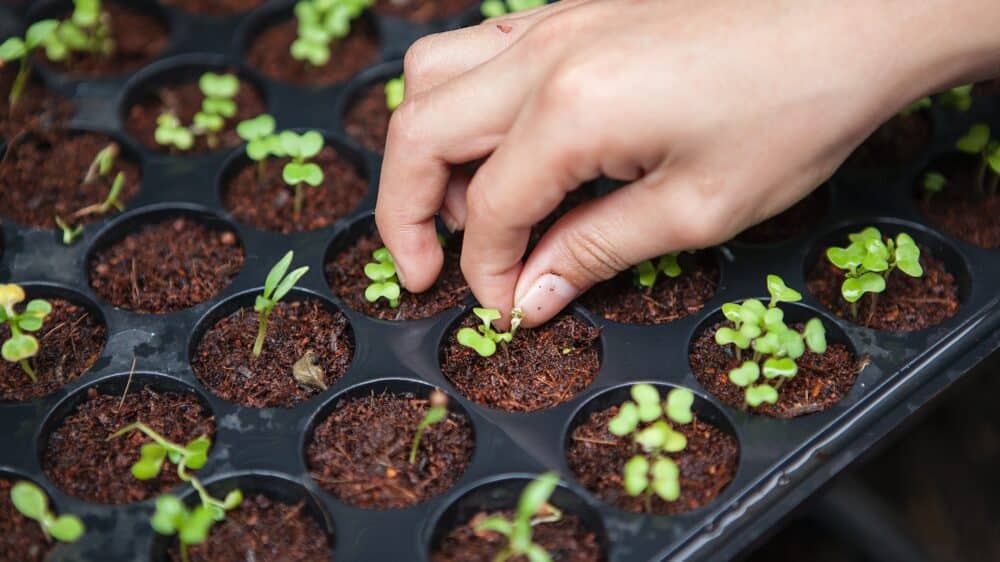But why is my child starting to wake up at night again? He was sleeping through the night!
It is important to have realistic expectations because it is true that most children wake up at night during the first year. For example, parents of 6-month-old babies reported an average of 3 reported awakenings per night in one study, which means that some babies had more and some had less. These awakenings are normal and helpful. They occur for a variety of reasons such as changing sleep trains every 45-60 minutes for toddlers, to fulfill an emotional or physical need such as reassurance or feeding (necessary until at least 6 months of age or more).
Just as with the acquisition of walking, each child develops and matures at their own pace. The maturation of the brain allows children to acquire the ability to walk, as well as to acquire the ability to link sleep trains or to no longer need to feed during the night.
Learning in waves
In research, we observe that the number of reported awakenings in most babies varies greatly from one night to the next. This is called variability within the same child. Recurring awakenings are similar to falling when learning to walk. In early childhood, returning arousals can also be signs that our child is adapting to new challenges in other areas of development or life
For or against the sleep journal or diary ?
Taking notes on your child’s sleep (and ours) is a very useful tool, if and only if it is used to take an objective look at our family’s sleep habits and our child’s rhythm in order to adjust to our child’s development.
The sleep diary is, however, a double-edged sword, because we must not fall into a rigid accounting logic that risks creating more worries.
It is a tool that can be used, for example, to assess where our child is at or during a transition in sleeping habits. It can be an ally in assessing our child’s need for autonomy and setting up new learning opportunities.
Listen to Dr. Marie-Hélène Pennestri talk about the development of sleep patterns and the sleep diary.
Watch “Sleeping through the night or sleeping through one night? Variability in the same child” to learn more










